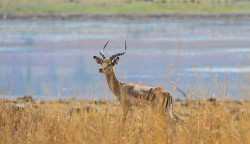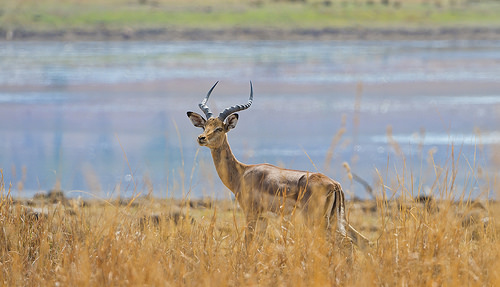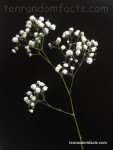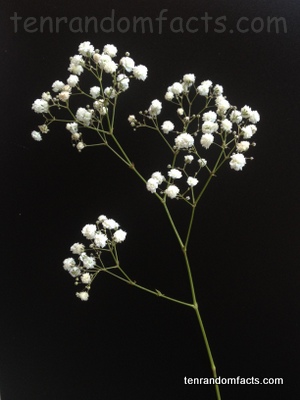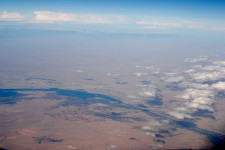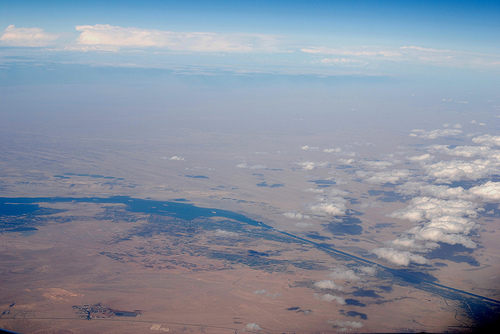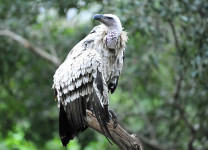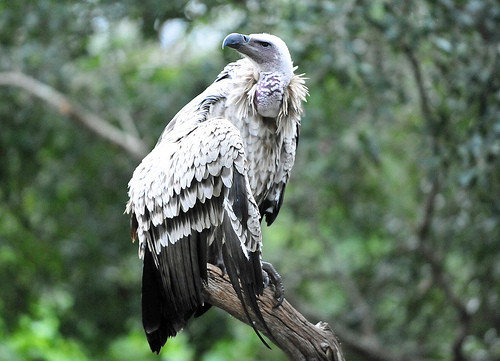
African baobabs leave multiple lasting impressions.
- African baobabs are very large trees native to Africa’s savannah habitats, in areas where there are high temperatures.
- ‘African baobabs’ are also known as ‘upside-down trees’, ‘baobabs’, ‘monkey-bread trees’, ‘cream of tartar trees’ and ‘dead-rat trees’.
- The scientific name of an African baobab is Adansonia digitata, and it is from the family Malvaceae, the family of mallows.
- African baobabs can grow up to 14 metres (46 feet) in diameter and more than 20 metres (66 feet) in height.
- Oval-shaped, fruit with crumbly or powdery white flesh, is produced by African baobab trees, that are 12 to 20 centimetres (4 to 8 inches) in length, and the flesh is commonly eaten in Africa.
African Baobab
Image courtesy of Michael Janson/Flickr
- African baobab fruit is considered highly nutritious, being extraordinarily high in calcium, vitamin C and antioxidants.
- The leaves of the African baobab are used in cooking, and in 2008 and 2009, the fruit was accepted as a legal ingredient in commercial food products in Europe and the United States respectively.
- African baobabs bloom white-coloured, short-lived flowers that grow 12 to 20 centimetres (4 to 8 inches) in diameter and have five petals and numerous stamens.
- The roots of an African baobab spread wider than the tree’s height, although they are relatively shallow, and the roots are capable of collecting large quantities of water.
- An African baobab grows 5 to 10 centimetre (2 to 4 inch) thick bark, that is generally coloured grey or brown, and due to its fibrous nature it is used to make fishing nets, mats, bags, rope and other items.
Bibliography:
Adansonia digitata, 2015, Wikipedia, http://en.wikipedia.org/wiki/Adansonia_digitata
Baobab, n.d, Encyclopaedia of Life, http://eol.org/pages/584789/overview
Hankey A, Adansonia digitata, 2004, Plantz Africa, http://www.plantzafrica.com/plantab/adansondigit.htm






